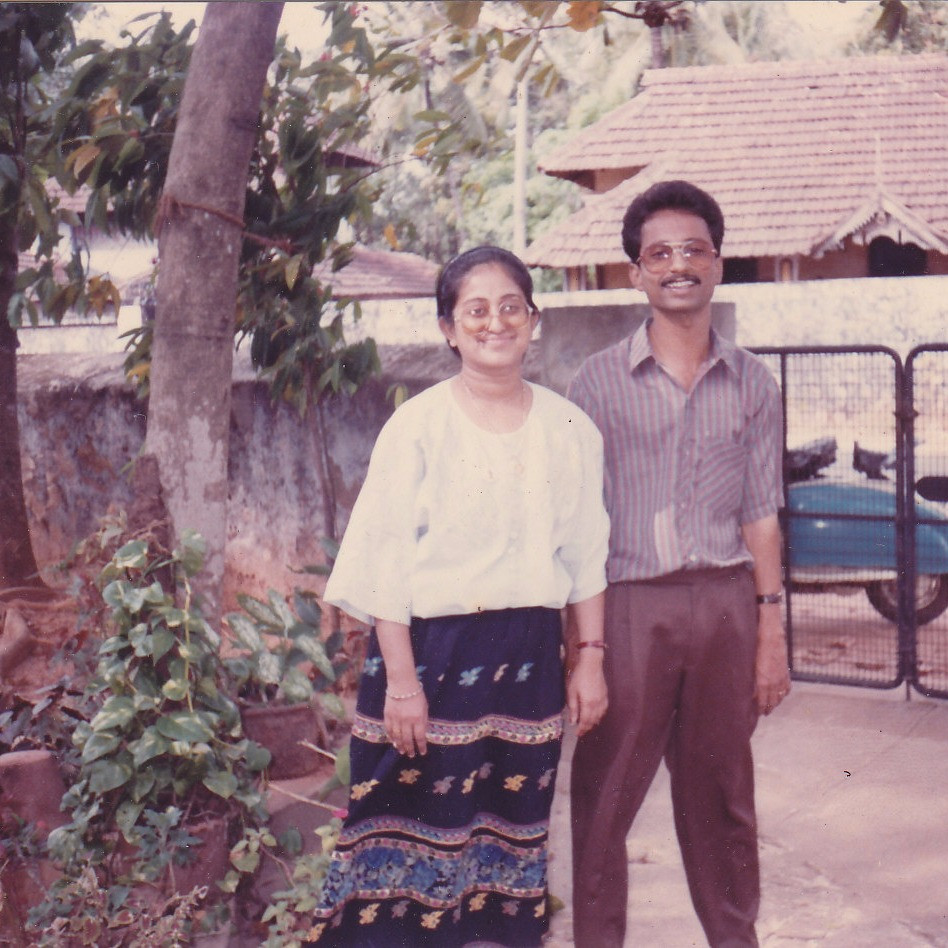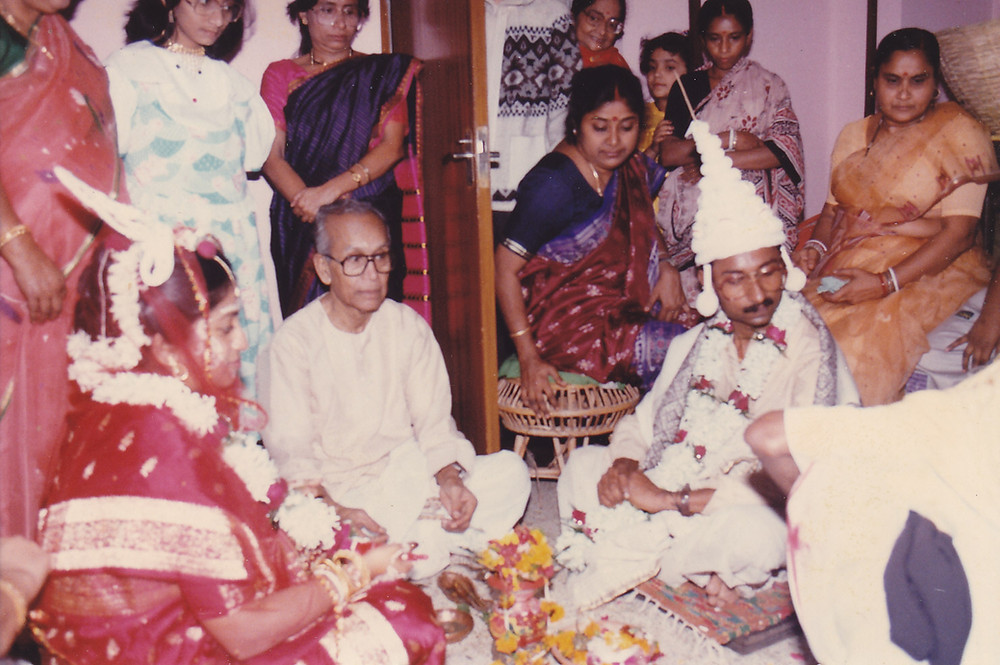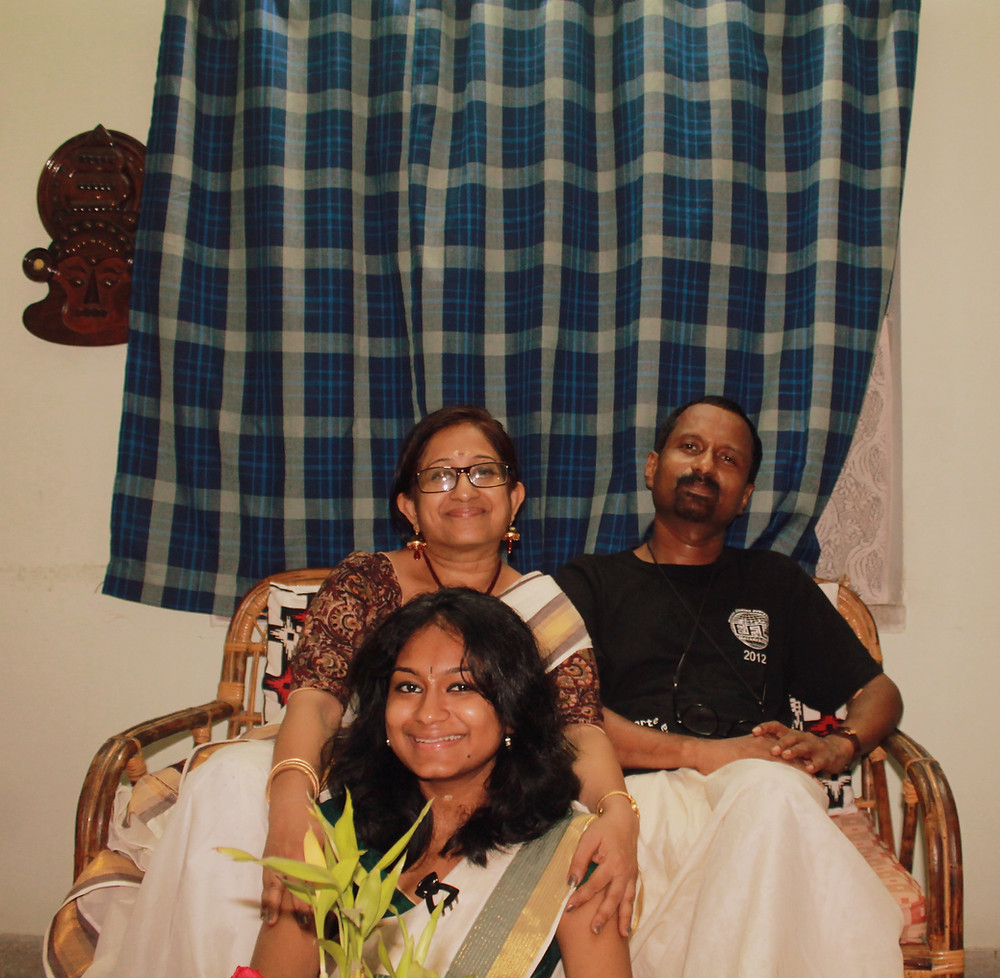The one where Aila meets Bhetki
NOTE: This piece was originally written for the digital newspaper Times of Amma, which is not functional anymore. You can find the webpage on the wayback machine here. The following is a copy of the post.
Date: 15th August, 2018
One of my earliest childhood memories is of mixing sambar with hot rice and eating it with a side of aloo bhaja (Bengali-style potato fritters). Sambar and aloo bhaja, even to this day, is a favourite of mine. Ours is a family bringing together the East and South of India, and this is best exemplified at meal times. In fact, the sambars in our house have flirted with dishes no other sambar may ever have dared go near. And this is true of most meals: Aila (mackeral), cooked in a mango and coconut gravy (a dish from Kerala) is often in happy brotherhood with Bhetki (barramundi) steamed in a bath of mustard paste (a delicacy in Bengal), at our dining table. How our meals ended up this way is a not so long story.
In 1991, a young Bengali woman, fresh out of university, got a job as a junior high school teacher in the government of Bhutan’s teaching service. She was posted in a school at Samdrup Jongkhar, a town in south-east Bhutan. Brimming with excitement about her new job, a new place and new people, she travelled to the capital, Thimphu. In Thimphu, she learned that the sole bridge leading to Samdrup Jongkhar had been blown up and that she would have to wait for days until transportation resumed. Her father, who had accompanied her, was due to return to Calcutta the next day. He was in no mood to leave her alone in Thimphu. Distressed, he requested a meeting with the education minister and told him that he was going to leave for India with his daughter lest they post her right away at a different school. The minister, not happy with the idea of having to recruit a new teacher if the woman left, agreed. He posted her at a school in Thimphu. Relieved, father and daughter made their way to the school. The father waited, worried and impatient, while his daughter filled out paperwork at the principal’s office. A while later he saw a thin, young, bespectacled man, who he concluded looked “very Indian”, walking past him. He leaped from his seat and stopped the man. “Excuse me! Are you a teacher here?” he asked. “Yes, I am,” the man replied. “What is your name?” the father continued. “Manoj Roy” said the young man. No sooner was the young man’s last name out of his mouth that the woman’s father was praising his luck at having chanced upon a fellow Bengali. He hurriedly continued, “Oh, so you are Bengali too! See, that is my daughter over there. It’s her first day. And her first time away from home. Would you be so kind as to look out for her? She is new here, you see.” The young man, puzzled with the barrage of speech, replied, “I’m sorry, but I’m not Bengali. I am from Kerala. But yes, of course.” “Oh”, said the father, a bit disappointed that the young man had turned out to be “non-Bengali”, but not willing to express it publicly. “Well…umm…that’s okay.” His daughter had now come over to where the two men were conversing animatedly. Etiquette demanded that the woman’s father introduce her to his new acquaintance. And that is how my thin bespectacled Malayali father and my Bengali mother met.

I have often asked my parents how they were so sure of marrying each other. After all, they were from two very different regions of India; and, also, did not share the same caste. (My mother being Brahmin and my father being non-Brahmin). Inter-cultural, inter-caste and inter-religious marriages were (and largely still are) frowned upon in society. While mixed-marriages are a bit more popular today, twenty-five years ago, it was almost taboo to marry someone outside your community. My parents have always had the same answer: They realised that they both wanted the same thing from life: compatible partners who want to grow together, as human beings and as professionals. It was this sense of camaraderie that decided it for them. My maternal grandparents, being relatively the more conservative set of parents were not very pleased, although they eventually did make peace with their daughter’s decision to marry a “South Indian”. The paternal side of my family, being non-religious liberals, had no qualms about one of them marrying a non-Malayali.

Twenty-Five years later, our home is a harmonious melting pot of both heritages. My Bengali mother makes some of the most deliciously soft idiyappams and my father speaks, well, almost-fluent Bangla. We speak a mix of English, Bangla and Malayalam at home; English amongst the three of us, Bangla amongst my mother and I, and Malayalam amongst my father and I, when we want to discuss stuff we don’t want my mother to find out about! We celebrate Vishu, Pohela-Baishakh, Onam, Durga Puja and Christmas with equal fervour. Kerala and Bengal (particularly the city of Calcutta) are pieces of my heart. It was in Calcutta that my maternal grandparents, horrified to find a three-year old me unable to speak a word of Bangla (my parents speak English between them and thus I too grasped only that), whisked me away to their home, where I acquired fluent Bangla. Nothing makes my heart flutter as much as Calcutta’s trams journeys. I live for gurer Sandesh (Sandesh made with jaggery). Then again, every summer of my childhood my family would travel to Kerala from Calcutta (where my parents are based), where I have spent glorious vacations frolicking amidst the coconut palms, pepper creepers and nutmeg trees, eating pungent jackfruit (raw, pickled or cooked), boiled tapioca and spicy fried matti (sardines), and finally welcoming the Kerala rains on the 1st of June. Nothing is more divine than Kerala in the monsoons. As a child, relatives from both sides of my family would often ask me which place I like better (In retrospect, they were probably asking which culture I like better). A child who called her Malayali paternal uncles and aunts using Bangla kinship terms (‘paternal uncle’ as kaku and ‘paternal aunt’ as pishi) but her paternal grandparents using Malayalam kinship terms (‘paternal grandmother’ as achhamma and ‘paternal grandfather’ as achhachha), I never quite understood the validity of the question. I told them that I obviously liked both places. As a child, I couldn’t imagine life with one but not the other. As an adult I realise the reason I felt the way I did was because for my family there has never been a border segregating the two. For us, their edges have always blended into one another, forming a tranquil continuum of cultures.
